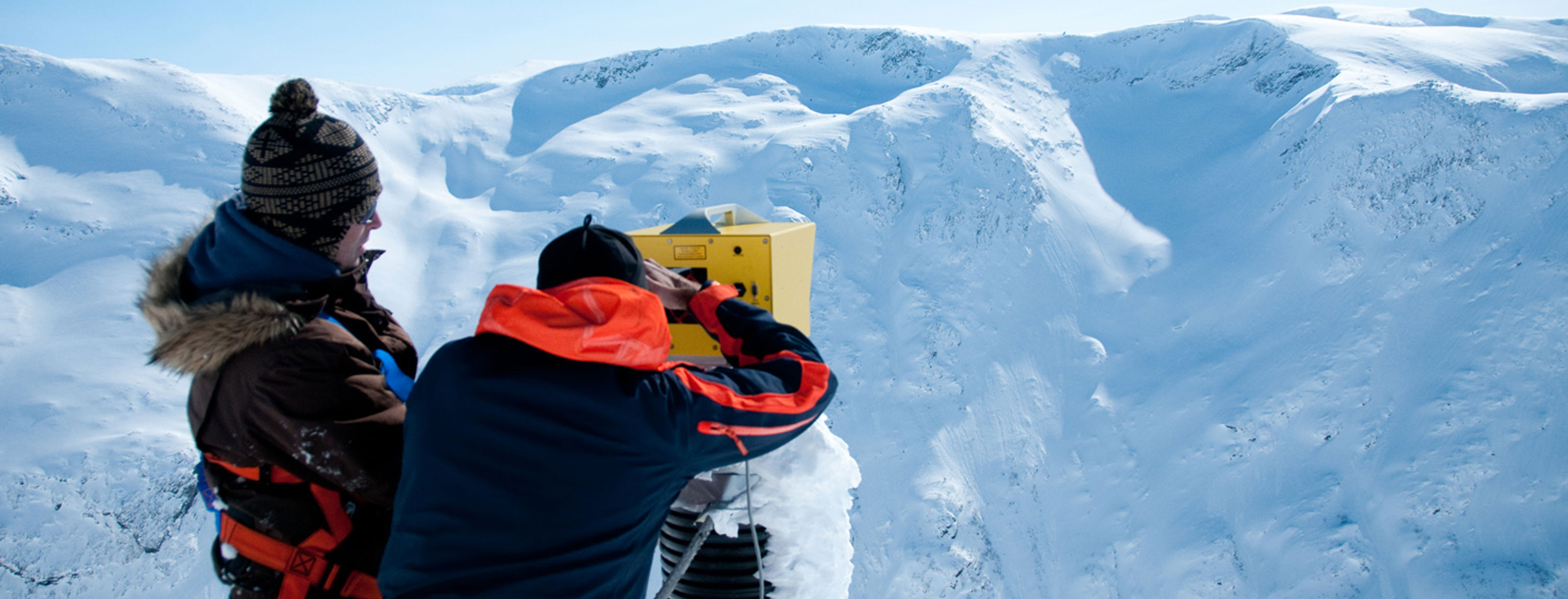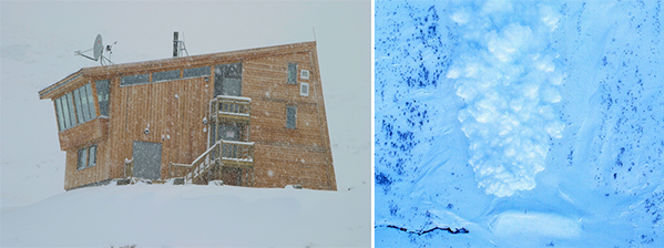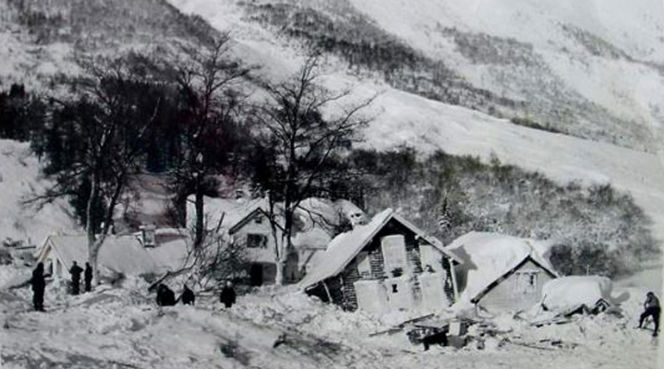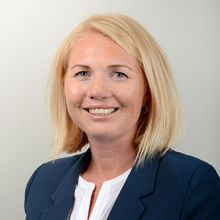Avalanche research contributes, among other things, to improving avalanche warning and better securing and planning homes, railway lines, and roads. Many years can pass between major avalanche winters. Still, the avalanche accident in Longyearbyen in December 2015 that moved several houses and the major accident that destroyed the entire Rigopiano hotel in Italy in 2017 remind us that avalanches are still a challenge not only for outdoor enthusiasts but also for social security.
Statistically, two houses or cabins in Norway are damaged or destroyed by avalanches per year. Our aim is that the research should contribute to us being safe in our houses, at work, and when we travel. We are concerned that the research should be applicable, especially for social security and infrastructure.





